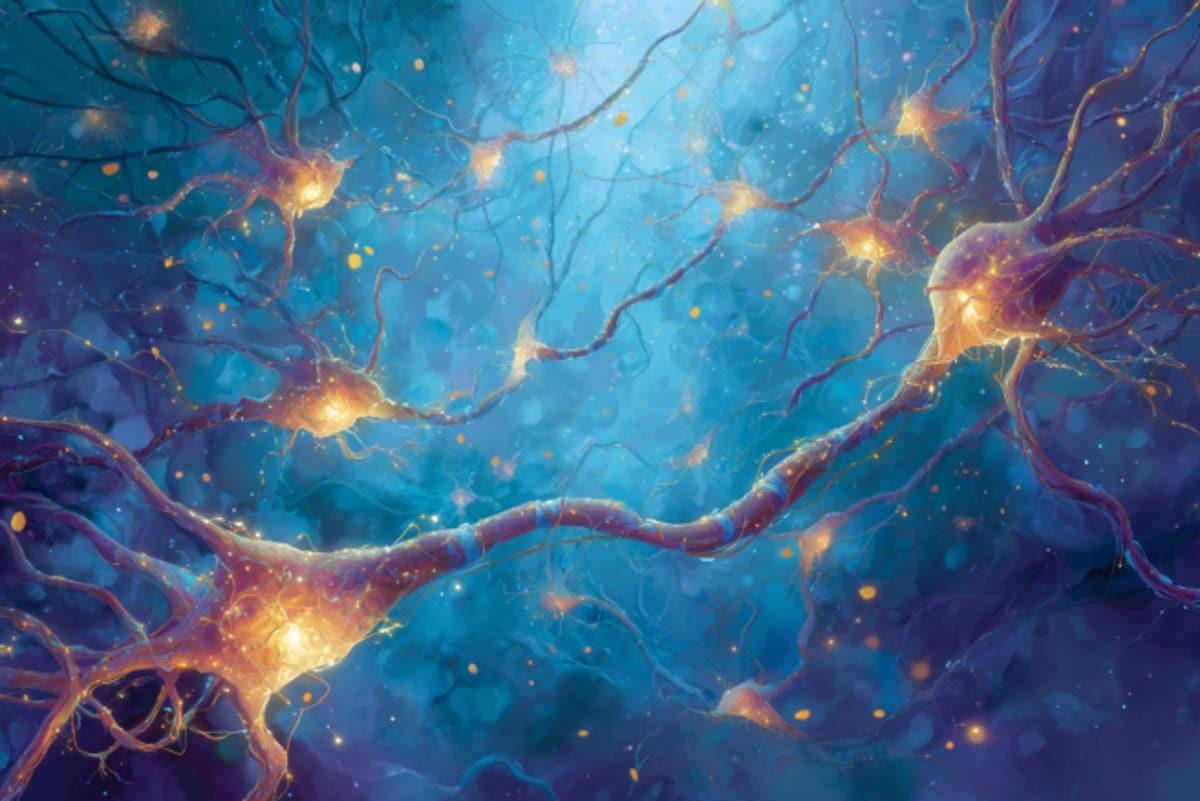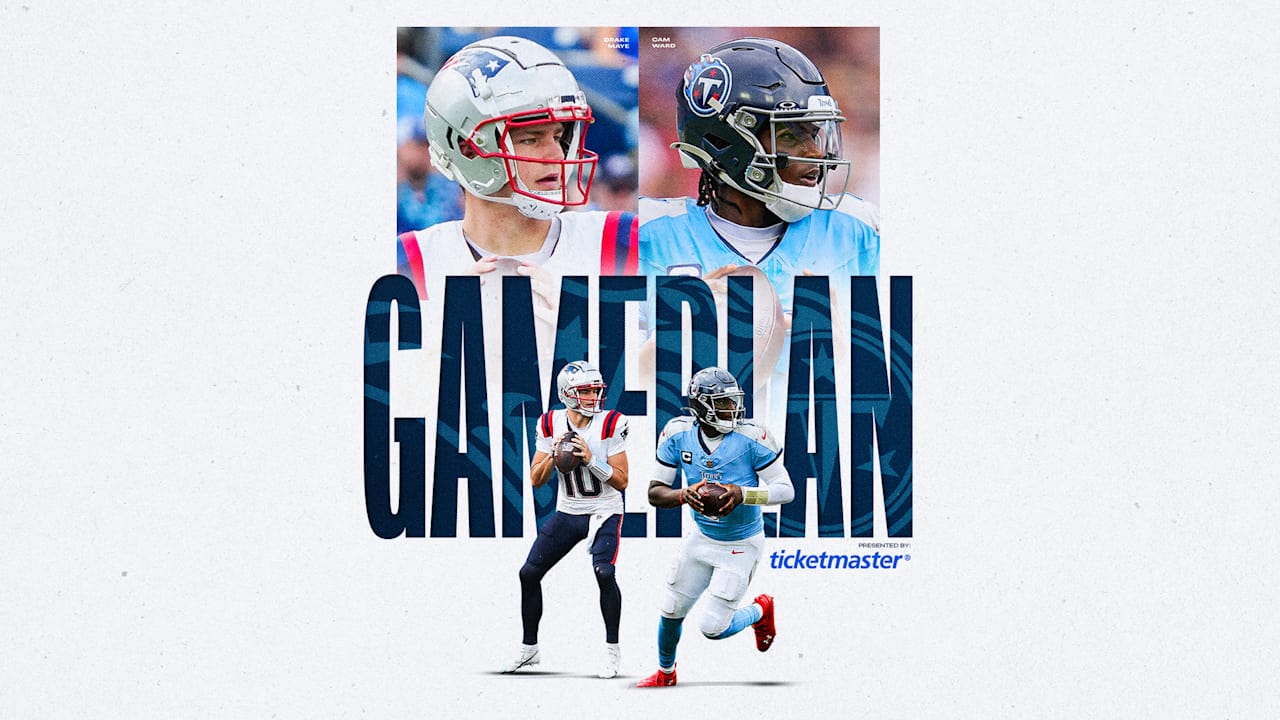The autonomous Model Ys will reportedly have a person in the driver’s seat and rides will be limited to invited guests only

- Tesla begins limited Robotaxi testing in San Francisco with human safety drivers.
- California rollout only allows employees, family, and select participants to ride.
- The company requested expanded testing permits from California regulators recently.
Τesla is about to widen out its Robotaxi footprint, though that shouldn’t come as much of a surprise, seeing as Elon Musk recently said that “half of the population of the US will be covered by Tesla’s Robotaxi by the end of the year.” Well, everyone’s got to start somewhere, and now that the system is alive in Austin, Texas, it apparently is time to expand.
Read: Robotaxis And Roadsters Can’t Save Tesla From This Revenue Crash
According to Business Insider, Tesla is about to roll out a similar, albeit heavily neutered, version of the program in California. Specifically, it’ll begin Robotaxi testing in San Francisco over the weekend. Just like the service in Austin, the shuttles will work within a geo-fenced area.
Testing With a Safety Net
Never a company away from pushing its limits, Tesla isn’t being conventional about this launch. Rather than release driverless Model Ys across all of San Francisco, it has put several caveats into the service. For instance, every ‘Robotaxi’ will come with a human behind the wheel.
That’s markedly different from what it’s doing in Austin and there’s a good reason for it. Tesla doesn’t have the legal ability to offer the kind of driverless service it does in Austin, in San Francisco. Notably, even the cars in Texas have a Tesla employee in the car, albeit in the front passenger seat.

It needs regulatory approval, and since it doesn’t have it, there must be a driver in the driver’s seat. Essentially, the way it sounds is that this is going to be akin to calling your friend who has FSD on a car and then letting him or her ferry you around while hopefully not needing to intervene while the car drives.
Pushing the Boundaries, Carefully
In addition, Tesla doesn’t have the regulatory freedom to offer autonomous rides to the general public in this manner. To that end, it’s only going to allow select members of the public, employees, and family members of employees into the testing program.
Basically, it seems as though it’s skirting the line regarding legality in just about every way that it can. Importantly, it reportedly requested a permit to extend its operations with the California Public Utilities Commission. It hasn’t yet applied to provide a commercial service to the public, though, so it appears as though all of this is in the very early testing phase.

Source link


